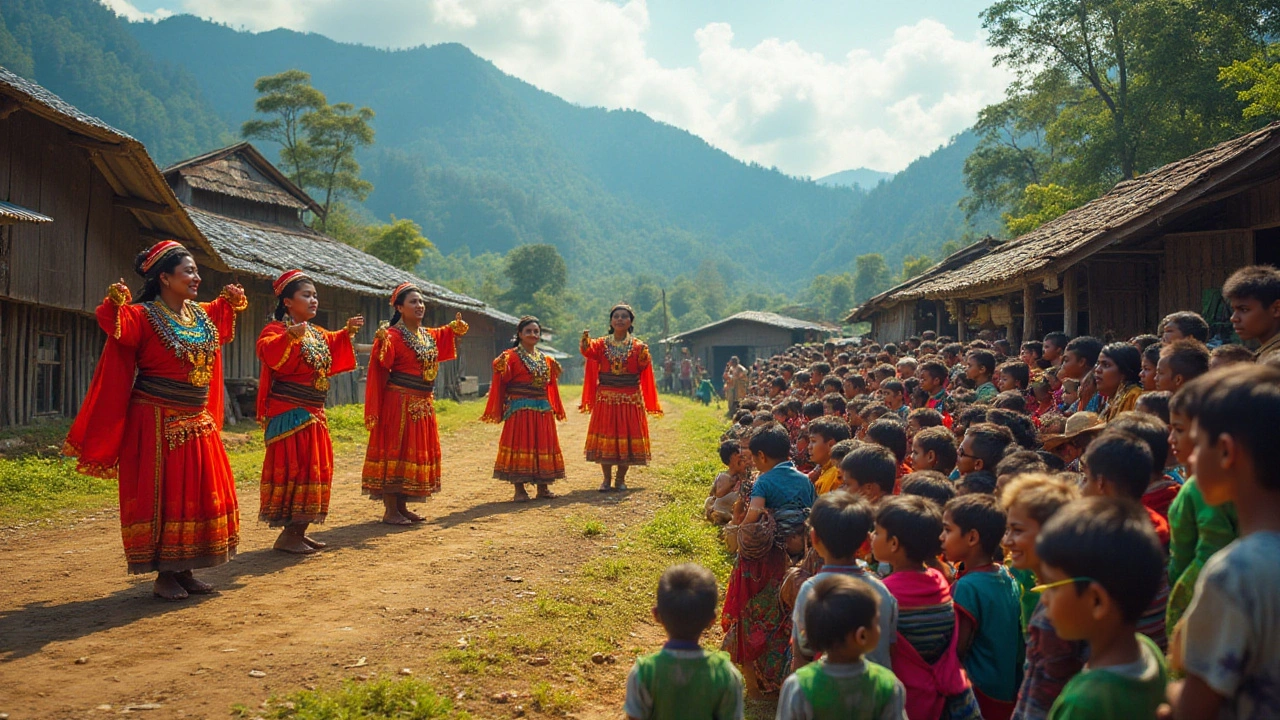SEARCH
Discover Northeast India Tourism: What You Need to Know
Thinking about a trip to the hidden corners of India? Northeast India offers misty hills, vibrant cultures, and wildlife you won’t find anywhere else. Let’s cut the fluff and give you the real info you’ll use when you pack your bag.
First off, how many days do you really need? Most travelers can cover the highlights in 7‑10 days. That gives you enough time for a quick taste of Assam’s tea gardens, a day in Shillong’s waterfalls, and a couple of nights in the pristine valleys of Sikkim or Arunachal Pradesh. If you have only a weekend, focus on a single state—like a short trek in Meghalaya’s living root bridges.
Best Time to Visit
Weather is the biggest game‑changer here. The ideal window runs from October to March when the skies are clear and temperatures stay comfortable. Monsoon season (June‑September) brings heavy rain that can close many mountain roads, so plan ahead if you love waterfalls and don’t mind a few detours.
Winter (December‑February) can get chilly in higher altitudes, especially in Sikkim and Ladakh‑adjacent parts of Arunachal. Pack a warm jacket, but you’ll also enjoy clear mountain views and fewer crowds.
Must‑See Destinations
Start in Guwahati, Assam. The city’s Brahmaputra Riverfront is perfect for a sunrise stroll, and the nearby Kaziranga National Park guarantees a glimpse of one‑horned rhinos.
Next, hop to Shillong, Meghalaya’s capital. It’s called the “Scotland of the East” for a reason—rolling hills, cascading waterfalls, and a lively market. Don’t miss Elephant Falls and the famous Shillong Peak for panoramic shots.
From there, head to Cherrapunji, the rain‑record holder. Even in the dry season, the living root bridges are a must‑see marvel of local engineering.
If you love wildlife, plan a side trip to Manas National Park in Assam or the Namdapha Tiger Reserve in Arunachal. Both are off the usual tourist radar and deliver raw jungle experiences.
Finally, squeeze in a quick visit to Tawang in Arunachal Pradesh. The Buddhist monastery, dramatic mountain backdrop, and the Indo‑China border road give you a taste of remote India.
Getting around is straightforward if you mix flights, trains, and shared taxis. Most big towns have small airports (Guwahati, Imphal, Dibrugarh) that connect to Delhi and Kolkata. For the more rugged spots, shared jeeps or local buses are the norm.
Budget‑wise, expect to spend around ₹1,500‑₹2,500 per day for mid‑range accommodation, food, and transport. Street food in Assam and Meghalaya is both cheap and delicious—don’t skip momos, thukpa, and local fish curries.
Safety isn’t a big issue, but keep your valuables secure in crowded markets and follow local guidelines when trekking. The region is known for its warm hospitality, so a friendly smile goes a long way.
Ready to plan? Start by mapping out the states you’re most interested in, check the weather calendar, and book your flights to Guwahati early. With a clear itinerary, you’ll experience the best of Northeast India without feeling rushed.
Grab your trekking shoes, pack a light raincoat, and set off for a trip that most tourists miss. Northeast India tourism is waiting, and the memories will last a lifetime.

Challenges Facing Tourism in Northeast India
While Northeast India presents captivating landscapes and diverse cultures, tourism in this region faces several challenges. From infrastructure deficiencies and connectivity issues to environmental impacts and cultural sensitivity, these hurdles require attention to promote sustainable tourism. This article explores the underlying problems and suggests practical tips for travelers to navigate them while appreciating the region's rich heritage.
Continue reading